Through a concerted effort by fishing companies, processing companies and researchers, the quality of the raw material was ensured, so that the 80% catch is now exceeded in the processing of products for human consumption.
Due to changed conditions in the sea off Iceland, mackerel has been caught in large quantities in Iceland for the past seven years. At first, most of the catch went to the production of fishmeal and fish oil. But with the concerted efforts of shipping companies, processing and researchers, the quality of the raw material was ensured, so that now the 80% catch is exceeded in the processing of products for human consumption.
In summer and into autumn, while the mackerel is caught inland, it is a delicate raw material for processing frozen products, as the mackerel is accumulating fat in the flesh after spawning. Therefore, it was a great challenge to find the best way to be able to use as much of the raw material as possible in freezing, which is more than twice as valuable as fishmeal and fish oil.
Matís' experts, in close collaboration with fisheries companies, worked systematically to strengthen knowledge of the physical and material properties of mackerel at this time of year. The companies' interest in increased value and further processing was great, the quality of the catch could be significantly improved with the right handling, so it was important to build up knowledge and skills through targeted research and measurements.
It was argued that it would not be sensible to catch mackerel at the time of year when it is caught in Icelandic jurisdiction, as the mackerel would then be very fragile compared to what it would be later in the autumn. It was claimed that mackerel caught at this time of year was an unusable raw material for human consumption.
It was therefore important that everyone put in the effort and used the best available technology and knowledge to create the most value from this difficult-to-handle raw material. The figures for exports unequivocally show that good results have been achieved, as more than 80% of the catch went to frozen products for human consumption in 2012, which returned almost ISK 20 billion to the national economy.
The most urgent task was to find the best way to supercool the catch and thus reduce the damage to the fish muscle due to redfish and loss. During the short time that the mackerel is in the jurisdiction, it gains weight very quickly and changes in the chemical composition of the muscle cause the muscle cells in the fish's flesh to expand rapidly and mackerel is therefore particularly sensitive to all handling.
At this time, a large portion of his food is eaten including redfish. Eating disorders contain highly active enzymes that can eat away at the stomach and damage the flesh. In order to slow down the activity of the redfish, it is very important to cool the mackerel catch below -1 ° C to prevent the mackerel from completely dissolving. Supercooling of food is cooling below the freezing point of water, but it does not cause freezing of food as ice crystals in food do not form until the temperature between -1 ° C and -3 ° C. The supercooling also means that the catch is stiffer and better tolerates snagging with further handling and reduces the release of the fish muscle. After freezing, it is better to store mackerel at -24 ° C than -18 ° C, but it is very important that the mackerel is stored at a constant temperature in order to preserve the quality of the products for as long as possible.
Matís' research collaboration with the fisheries companies has revolved around extensive research into the physical and material properties of mackerel, which have included fishing, time of year, handling, processing, freezing technology, storage and transport. Emphasis is placed on researching mackerel regularly throughout the fishing year, especially when it is most vulnerable. The results of these studies have yielded the above results in increased value. The effects of different raw material qualities on finished products, such as canned and smoked mackerel, have also been studied.
The best Nordic mackerel
Seafood is the foundation of our prosperity and it is therefore important that we have the skills and ability to create as much value as possible while ensuring that the food we produce is safe and of the best available quality. Research and development are inseparable from new value creation, although common sense and general knowledge are useful, no significant innovation will exist without research. Knowledge of freshness and properties such as, health and nutrient composition of seafood is the basis of marketing. We are faced with the fact that mackerel is caught in clean and safe waters, contaminants in food from our fishing grounds are within set limits, and this can only be demonstrated through continuous and targeted research.
The AVS Fisheries Research Fund has supported research and development work related to mackerel. Companies involved in the mackerel projects have made a significant contribution and taken a very active part in their implementation and management. Although we are just getting started, we are well on our way and the fishing companies that have tried their best to cool mackerel have benefited from the treatment of other pelagic species.
Good raw materials lead to new processing possibilities and in many parts of the country, companies are continuing to experiment with the processing of new products. Recently, hot-smoked mackerel from Sólsker, developed at Matís' food factory in Höfn, won a gold medal in a Nordic food competition. This is how the history of mackerel teaches us that with close collaboration between the research environment and the business community, which aims to increase value creation, we can do anything.
For further information Magnea G. Karlsdóttir, director of Matís.

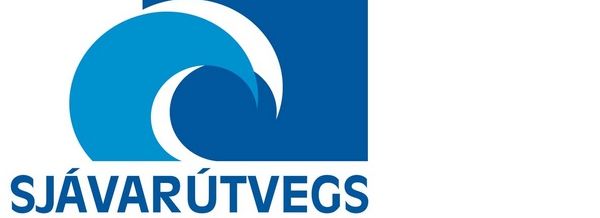
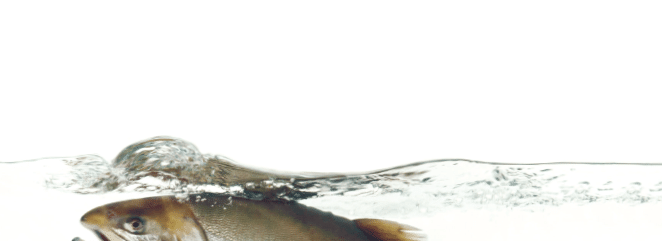
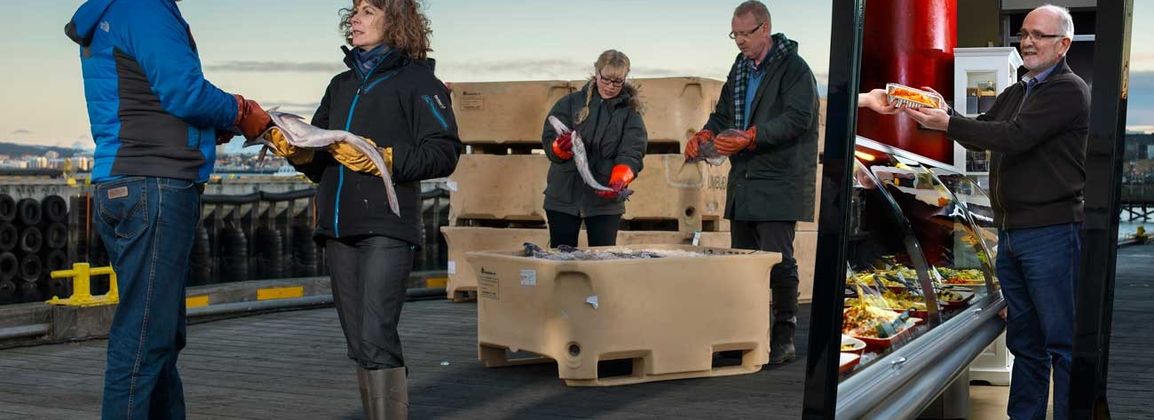
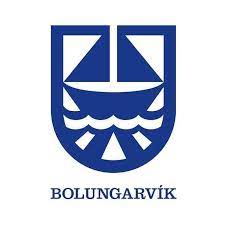
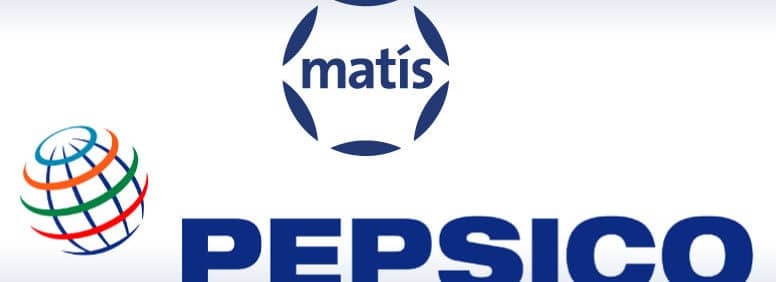

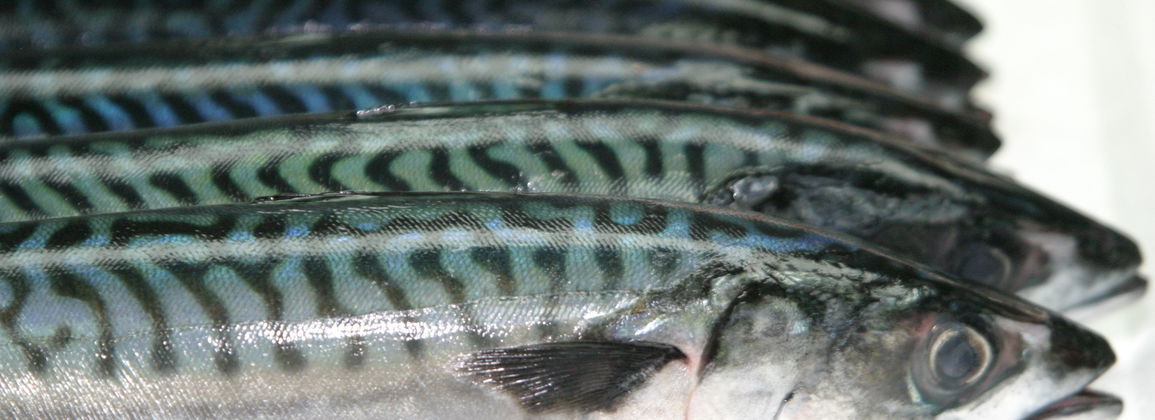
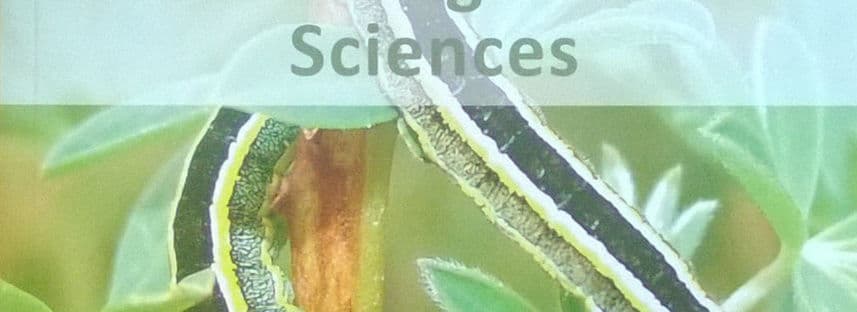
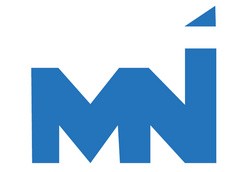
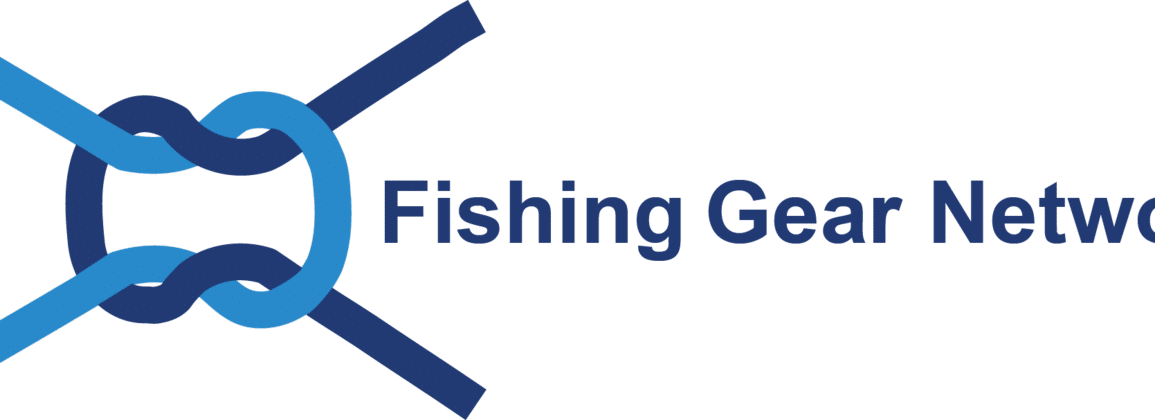

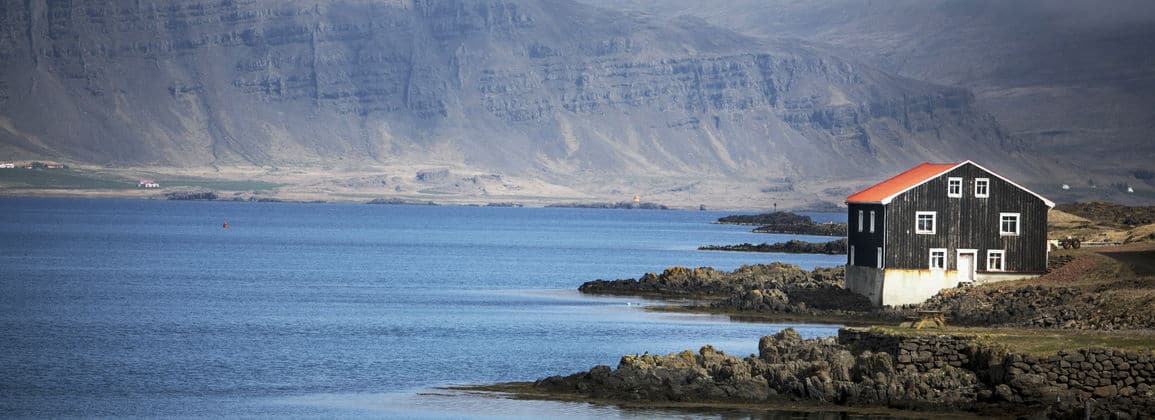
 Sigurjón Arason Matís' chief engineer and professor at the University of Iceland
Sigurjón Arason Matís' chief engineer and professor at the University of Iceland